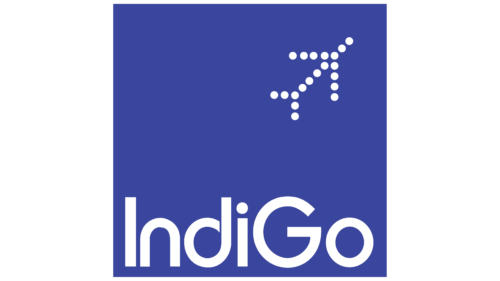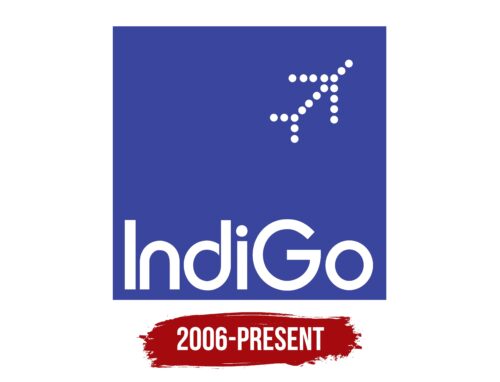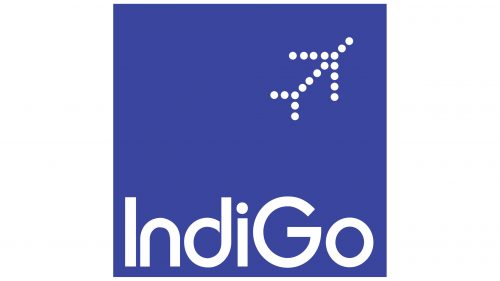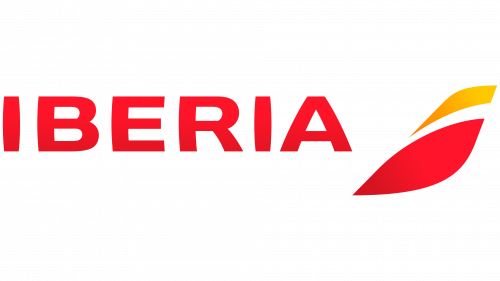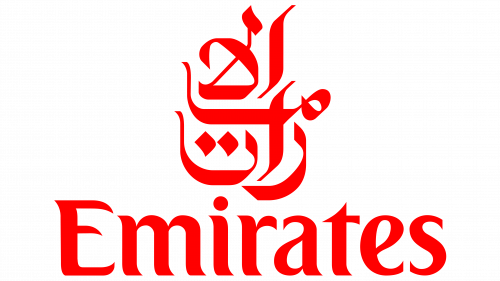The IndiGo logo helps the company stand out in the aviation market by embodying flight, freedom, movement, comfort, and safety. This is encapsulated in a simple and minimalist emblem representing the carrier well, creating a positive charisma.
IndiGo: Brand overview
2004 IndiGo’s story began with Rahul Bhatia and Rakesh Gangwal establishing InterGlobe Aviation Limited. Bhatia, an experienced travel industry professional, and Gangwal, a successful entrepreneur, recognized the potential in India’s fast-growing aviation market. They aimed to create a budget-friendly airline that could provide high-quality services to many Indian travelers.
In 2005, the airline ordered 100 Airbus A320 aircraft at the Paris Air Show, valued at around $6 billion. This order, one of the largest in Indian civil aviation history, drew attention to the company’s ambitious plans for rapid expansion in the market.
On August 4, 2006, the airline operated its first commercial flight from New Delhi to Imphal via Guwahati, marking the official beginning of its operations. The company started with a fleet of six new Airbus A320 aircraft, which was uncommon for a startup in the aviation industry. Most new airlines began with used aircraft to cut initial costs.
From 2007 to 2010, the airline quickly expanded its route network, covering major cities in India. The company’s focus on punctuality and operational efficiency earned it a reputation as a reliable carrier. The brand introduced innovative practices like quick aircraft turnaround times to maximize aircraft utilization.
By 2011, the company became the largest domestic airline in India by passenger numbers, showcasing the success of its business model and popularity among Indian travelers. That same year, the company placed another substantial order for 180 Airbus A320 aircraft, including 150 of the new A320neo model.
In 2012, the airline began operating international flights to Dubai, Bangkok, and Singapore, entering new markets and serving Indian travelers heading abroad. Continuing its growth, in 2014, the company acquired new aircraft and expanded its route network, ending the year with over 100 Airbus A320 aircraft in its fleet.
2015, the brand went public with one of the largest IPOs in Indian aviation history, raising significant funds for further expansion and fleet modernization.
2016, the company received its first Airbus A320neo, which enhanced operational efficiency. From 2017 to 2018, the airline expanded its international network, opening new routes to the Middle East and Southeast Asia.
As part of India’s regional aviation development program, the company started operating ATR 72-600 turboprop aircraft for regional routes. In 2019, the airline placed its largest order ever for 300 Airbus A320neo aircraft, reaffirming its position as one of Airbus’s top customers globally.
Meaning and History
What is IndiGo?
It is the largest low-cost airline in India, based in Gurgaon, and it has revolutionized the Indian aviation industry with its innovative business model. The company operates one of the youngest fleets in the world, primarily consisting of Airbus A320 family aircraft, allowing it to maintain high efficiency and low operating costs. It is known for its punctuality, achieved through a unique quick turnaround system that reduces turnaround time to 20 minutes. The airline stands out with its “low fares everyday” strategy instead of seasonal sales and innovative customer service approach, including a pre-order meal system and automated check-in.
2006 – today
This logo embodies many meanings, making it not merely an advertising and marketing symbol but a unique universe with its own rules and distinctive character. Specifically, the name IndiGo cleverly plays on several concepts, as the word has many meanings. It denotes:
- A dark blue color (a rich shade of blue pigment traditionally derived from plants commonly found in India).
- People with extraordinary abilities (exceptional skills, paranormal features, heightened intuition, rich intellect, extreme sensitivity, and so on).
- The name of an airline (formed from the word “India” and the English interjection “Go,” which encourages movement, initiation, and action).
The carrier has harmoniously integrated several factors, enabling it to present itself as a unique player in the aviation services market, standing alongside luxury companies. The addition of “Go” highlights its focus on an English-speaking audience, reflecting a well-thought-out long-term perspective.
The IndiGo logo helps it stand out among competitors, forming a recognizable brand that offers exclusive passenger service, ensuring comfortable flight conditions and high safety. Through simple elements, the emblem showcases the company’s values and mission:
- The square symbolizes a stylized comfort zone for each traveler using their services.
- The airplane indicates the company’s business and its fleet of aircraft.
- The dotted line or perforation represents the airline’s readiness to transport passengers to any global point.
These details symbolize movement, growth, a drive towards distant horizons, and a high level of service, reliability, safety, and protection. The logo uses two colors. Purple is the background, symbolizing the sky, exclusivity, and stability. White reflects sincerity, openness, and freshness. Together, they create a refined atmosphere that precisely conveys the company’s responsible approach to its work.
